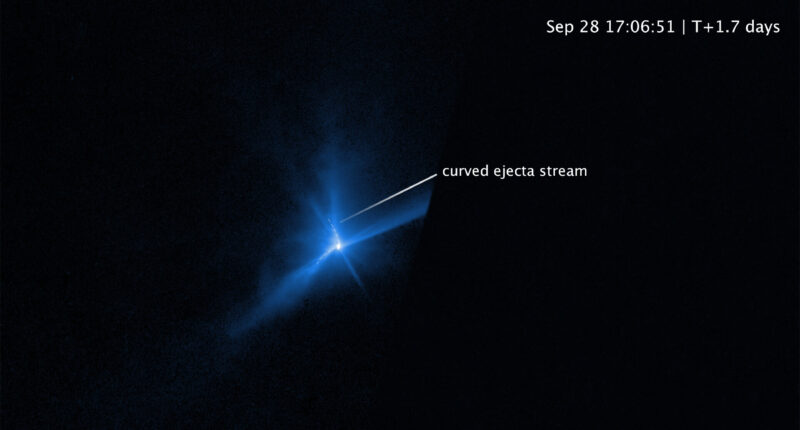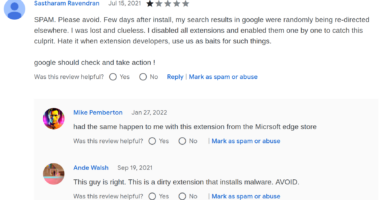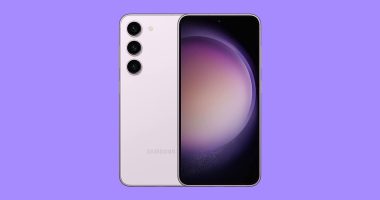NASA’S bonkers mission to knock an asteroid off its course in a test-run to save humanity last year actually worked, new images reveal.
The Hubble Space Telescope captured the event as it unfolded.
New images from the telescope show “rapid changes” to the asteroid Dimorphos when it was deliberately hit by a 545kilogram spacecraft in September last year, scientists at the European Space Agency (ESA) have confirmed.
Nasa and the ESA joined forces in the early 2000s to develop asteroid monitoring systems and figure out Earth’s game plan should a major collision look likely.
But both space agencies noticed there was a “missing link in the chain” between spotting an asteroid threat and ways of tackling it, the ESA said.
The Double Asteroid Redirection Test, known as DART, saw the first-ever trial of preventing a potentially devastating asteroid collision with Earth.


A spacecraft slammed head-on into the asteroid at 21,000kilometres per hour, shattering more than 900,000kilograms of dust from the asteroid.
Dimorphos never posed any real threat to Earth.
However, scientists chose it as the perfect candidate to run their test.
The test was designed to help inform researchers how to potentially change an asteroid’s path away from Earth, if ever necessary.
Most read in Tech
And it worked. With the curved ejecta stream proving it for scientists on the ground.
The Hubble footage provides scientists “new clues” as to how humans should react if an asteroid were to really be headed our way.
Scientists at the ESA are now preparing for a post-impact survey of the asteroid as part of its Hera mission, which is set to launch in October 2024.
Best Phone and Gadget tips and hacks

Looking for tips and hacks for your phone? Want to find those secret features within social media apps? We have you covered…
We pay for your stories! Do you have a story for The Sun Online Tech & Science team? Email us at [email protected]








